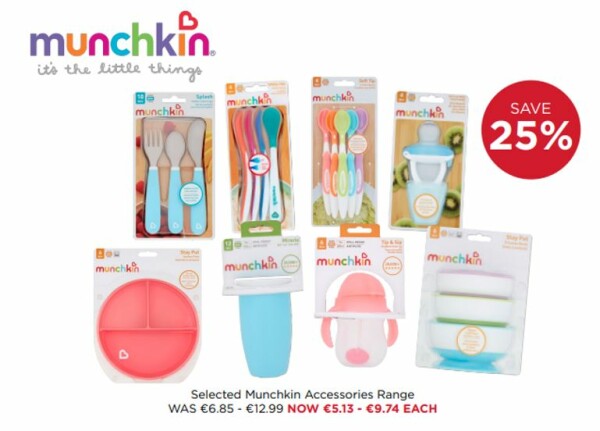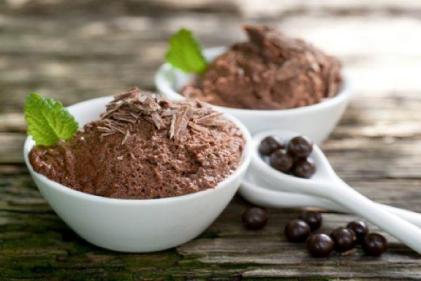Introduce solid foods to your baby's diet gradually, starting with small amounts and simple flavours. Begin with single-ingredient purees or soft finger foods, such as mashed fruits or vegetables. This gradual introduction allows your baby to get accustomed to new tastes and textures without overwhelming them.
2. Follow Your Baby's Lead
Every baby is different, so it's important to pay attention to your baby's cues and signals during feeding times. Watch for signs of readiness, such as showing interest in food, opening their mouth when offered a spoon, or reaching for food. Let your baby set the pace for how much they want to eat and respect their hunger and fullness cues.
3. Offer a Variety of Foods
Introduce a wide variety of nutritious foods to your baby's diet to expose them to different flavours and nutrients. Include a mix of fruits, vegetables, grains, protein-rich foods, and dairy products in their meals. Offering a diverse range of foods from an early age can help cultivate healthy eating habits later in life.
4. Be Patient and Persistent
Be patient and persistent as your baby learns to eat solid foods. It's normal for babies to take time to adjust to new tastes and textures, so don't be discouraged if they initially reject certain foods. Continue offering a variety of foods, and don't force-feed or pressure your baby to eat if they're not interested. Remember, feeding should be a positive and enjoyable experience for both you and your baby.
5. Make Mealtime Fun and Interactive
Turn mealtime into a fun and interactive experience by involving your baby in the feeding process. Allow them to explore different foods with their hands, offer age-appropriate utensils for self-feeding, and encourage them to try new foods at their own pace. Create a relaxed and inviting atmosphere during meals, free from distractions, and enjoy this special bonding time with your little one.


















